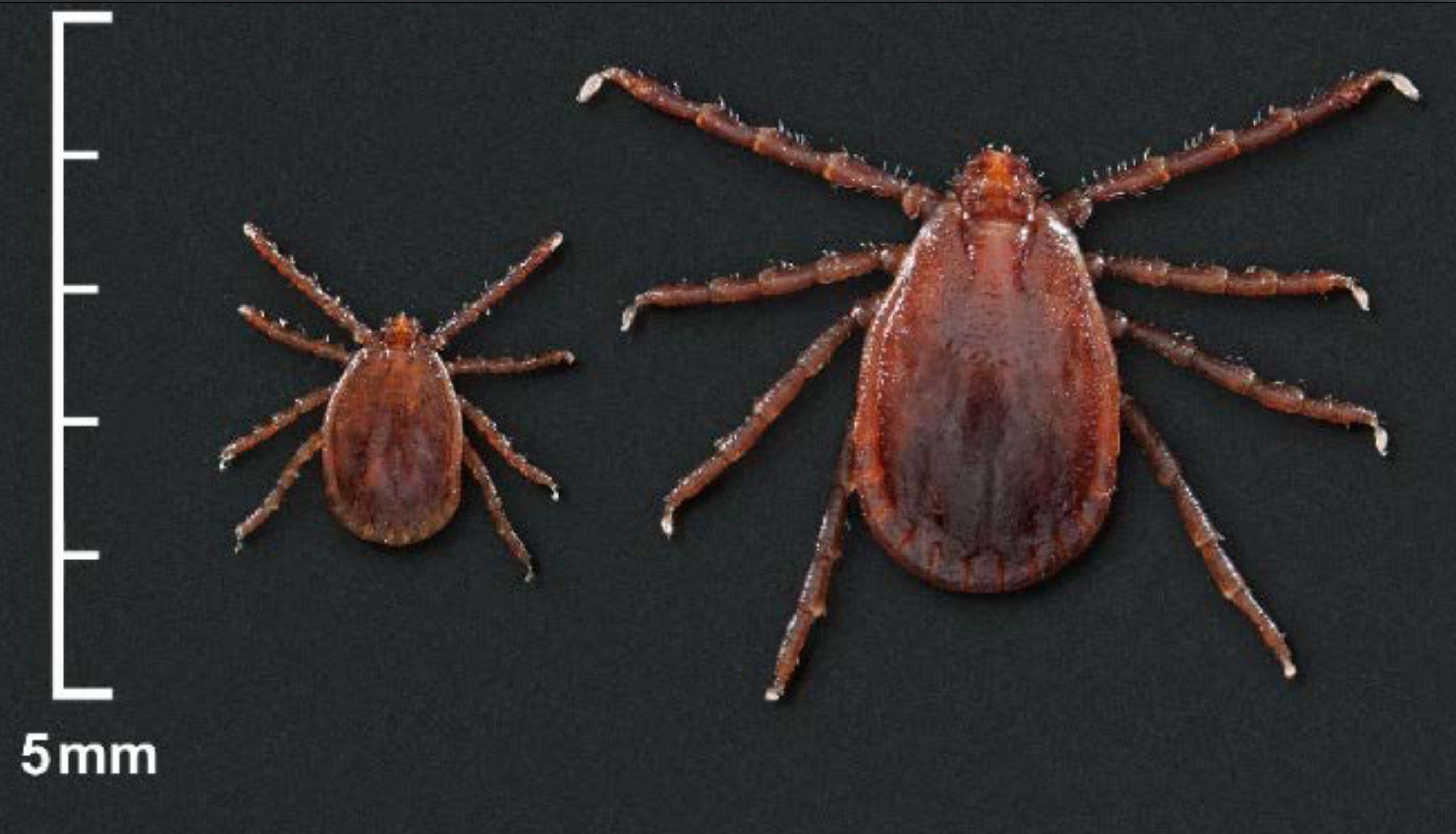Create a free profile to get unlimited access to exclusive videos, sweepstakes, and more!
Arachnid attack of the clones? Invasive ticks reproduce without mating, suck blood for weeks

If ticks were as good at making movies as they are at blood-sucking vampirism, then the horde invasion that’s literally draining the life from livestock in North Carolina right now might be tick society’s very own Attack of the Clones.
A novel invasive tick species, sinisterly known as the Asian longhorned tick (or Haemaphysalis longicornis by its scientific name) is capable of cloning as many as 2,000 offspring from females, which don’t need a mate to reproduce — only a steady stream of nourishing animal blood, according to Ars Technica. And they’re beginning to concern North Carolina health officials, who recently issued a statewide alert in the wake of a string of tick-related cattle deaths.
These ticks ain’t blue — and they ain’t friendly, either. While only a handful of North Carolina cattle have so far been confirmed as victims of the eight-legged freaks’ thirst, the longhorns’ gift for self-proliferation allows them to absolutely swarm a single host. Once they've latched on, they’re far more tenacious than indigenous ticks, staying attached for up to 19 days — nearly triple the average time that ticks native to the area can hang on.
Perhaps worst of all, they attack as a horde, overwhelming their helpless bovine hosts and literally drinking their fill of blood until the cow is a depleted (and eventually dead) husk of its former self. The blood-drained corpse of one unlucky animal was discovered with “more than 1,000 ticks on him,” according to the nerve-wracking Ars report. “The official cause of death was acute anemia, which is typically associated with severe hemorrhaging. The bull’s owner had lost four other cattle the same way since 2018.”
If the image of a thousand ticks gorging on a helpless beast isn’t chilling enough, an earlier encounter with the ravenous arachnids demonstrates just how willing — and able — these ticks are to make a meal of a human host. Examining the body of a sheep drained by Asian longhorns in “an affluent neighborhood in New Jersey” back in 2017, responders found “the animal was besieged by hundreds of ticks, which scrambled up the legs of health investigators when they walked in to survey the situation,” according to the report.
The Centers for Disease Control says that Asian longhorn tick bites are known to make people “seriously ill” in other countries, though no illnesses have yet been traced to the species since their first confirmed U.S. appearance two years ago. And so far, the ticks appear to prefer areas east of the Mississippi, where they’ve been spotted in Arkansas, Connecticut, Kentucky, Maryland, North Carolina, New Jersey, New York, Pennsylvania, Tennessee, Virginia, and West Virginia.
Besides booking the next available redeye flight to somewhere — anywhere — out west, the takeaway for people who go schlepping through the summertime woods back east is pretty simple: The CDC advises that you safely remove and save any tick that attaches itself to you or an animal, and then contact your local health and/or agriculture department, who’ll identify the species and let you know just how close you might’ve come to being the victim of a tiny killer clone attack.














